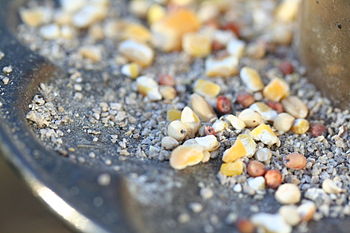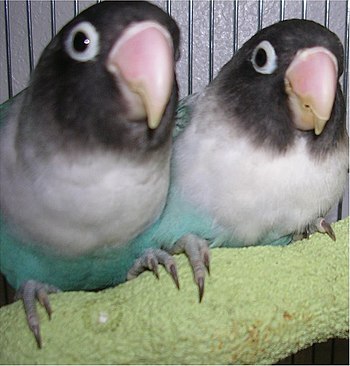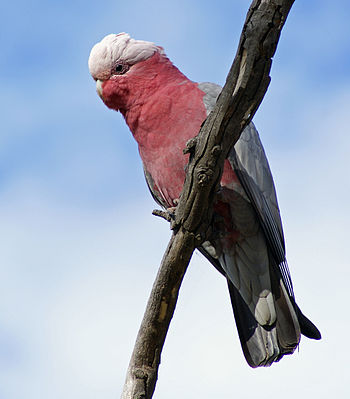Proposed architectural design for a French military aviary to house swallows as messenger birds, 1889
(Photo credit: Wikipedia)
Tips to Construct Your Own Aviary
If you want to have an aviary, you need to know that there is a special way to build and landscape the aviary according to the kinds of birds you want to keep. Here is some useful information regarding the same.
First of all, what is an aviary? An aviary is a very large bird cage. In fact, an aviary is not even a cage but an entire room where you can keep birds. You need to remember that birds are animals of flight so they will need a place to perch and a lot of room to fly around. At the same time, you do not want them to fly away.
Building an aviary
Before you can landscape an aviary and keep birds in the aviary, you need to build one and it needs to be built properly. Building an aviary does not necessarily need to be a very difficult task. The things you need to build an aviary and how to build it are listed below.
1. Treated pine logs can be used to build the basic structure of the aviary. The size of the aviary needs to be at least twelve feet by twelve feet and seven feet high. This type of aviary can be used to house all kinds of different exotic birds. To have this aviary outside, however, you need to also pay attention to your climate.
For example, if you live in the warmer climates of the United States, such as Florida or the Desert Southwest, you can keep more exotic birds such as budgerigar parakeets which are better known as budgies. You can also keep parrots and other exotic birds of the like. In the northern climates, an aviary should be built as an extra room since tropical birds cannot handle cold climates. This kind of aviary can also house larger exotic birds, such as peacocks.
2. Chicken wire or glass for the sides. In the warmer climates, you can use just chicken wire to enclose the aviary. In colder climates, the glass should be added. You need to have glass panels that you can remove in the summer months.
There are other items to get at your local hardware store to fasten the chicken wire and glass panels.
Landscaping the aviary is something that is different from a general landscaping project. Depending on the size of your aviary, there are several different ways that you can landscape your aviary. If you are building an aviary to breed budgies, you need to keep in mind that budgies like to chew things. This means that budgies will destroy many leafy plants.
Furthermore, you need to make sure the houseplants that you buy for the aviary are not poisonous for the birds. For perches, you should find large pieces of driftwood. The pieces of driftwood should be clean and free of any types of toxic substances that could be harmful to the birds.
Plants
Plants depend on the kind of birds you are keeping. For example, finches do not necessarily destroy vegetation, so if you want to keep finches, plants can be great. With different birds of the parrot and parakeet families, such as budgies, loris, lorikeets, macaw parrots, and lovebirds, you need to be ready to replace the plants on a regular basis.
These birds chew and cannot only destroy the vegetation in the aviary but also can destroy their little bird houses if they are made of a weaker material such as wicker or gasket material. For these birds, wood is a much better material to build their nesting boxes.
Whatever you do, an aviary needs to have a landscape that is very easy to clean. Birds can be very dirty and usually defecate indiscriminately. This means that you need to design the aviary floor with a type of sand that can absorb the bird droppings and can be changed easily.
Having an aviary can be a great stress reliever. You should design the aviary in such a way where you can sit in the middle of the landscape and enjoy looking at your birds.
Article Source: EzineArticles |
















